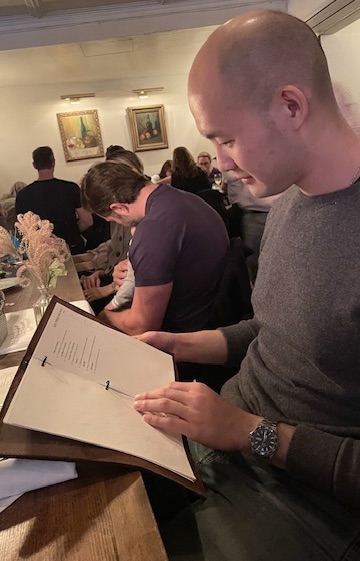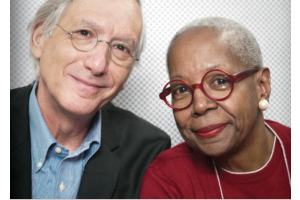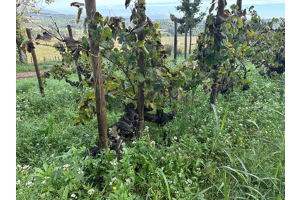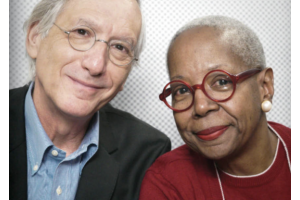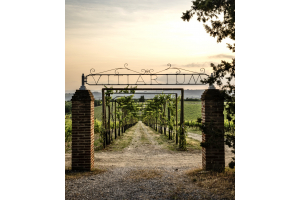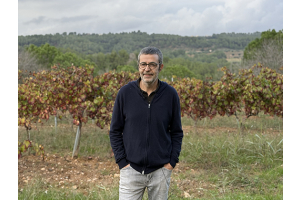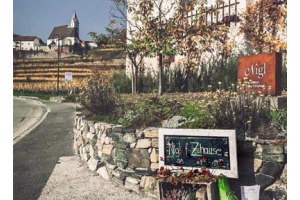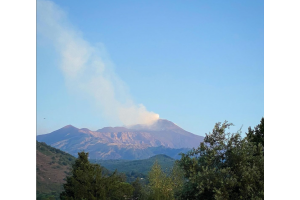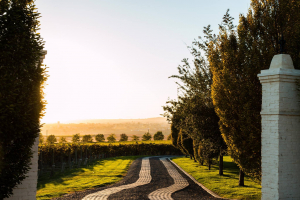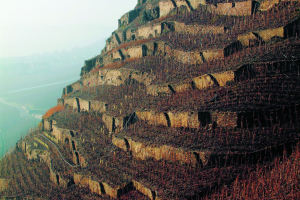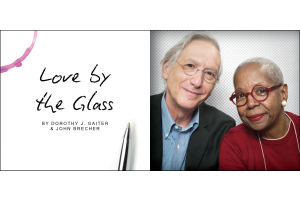It can be easy to forget, but the success of Montalcino’s wines did not occur until very recently. The region was virtually unknown until the influence of US investors and modern winemaking techniques such as using French barrique oak barrels, began to attract consumers from around the world in the 1980s. The entire region experienced an unprecedented (and long lasting) boom in demand thereafter.
 One of the wineries that contributed to the success of Montalcino was Lisini. Since the 16th century, the Lisini family has owned lands in the region, making their estate one of the most historic. Today, the same family (now in the sixth generation) remains in control, helmed by brothers Carlos and Lorenzo, and cousin Ludovica.
One of the wineries that contributed to the success of Montalcino was Lisini. Since the 16th century, the Lisini family has owned lands in the region, making their estate one of the most historic. Today, the same family (now in the sixth generation) remains in control, helmed by brothers Carlos and Lorenzo, and cousin Ludovica.
Despite all the attention that Montalcino has received since the boom, Lisini’s wines have remained classical and elegant. They have resisted the temptations of trends, and are deeply focused on maintaining the winemaking traditions established by their founding ancestors.
Grape Collective talks to Ludovica Lisini about her experience working with her family to continue the legacy of Lisini winery.
Lee Pai: Can you tell us a little bit about Lisini and its history?
Ludovica Lisini: Lisini is one of the oldest wineries in Montalcino. The property dates back to the 16th century, and was producing olive oil and wine. The modern winemaking business only began in the late 1960s when my aunt, Elina Lisini, co-founded the Consorzio di Brunello with 25 other wineries in Montalcino. She was one of the first presidents of the Consorzio as well.
Back then, Montalcino was almost unknown, and the region didn’t experience real success until the 1980s. Fast forward to today, I have been working at Lisini with my cousins Lorenzo and Carlo for nearly 20 years now. It’s the best job in the world, we meet fantastic people everyday, it’s just a wonderful world to be in.
Did you always wanted to be part of the family business?
It was a happy accident. I was a lawyer initially, but at the beginning of the 2000s, my cousin asked me to join the family company. Fortunately, I accepted and I did well. I didn't know anything about wine in the beginning even though it was my family’s business. I had to start with studying a course for sommeliers and learned the business over time.
What is working with family members like?
It's not simple. Obviously we are a team and we all want to do what’s best for Lisini. But it can be hard sometimes because we are different people and have different ideas. However, we always find ways to make it work in the end.

(From left to right: Carlo Lisini, Filippo Paoletti, Ludovica Lisini, Lorenzo Lisini)
What do you think makes Lisini stand out in Montalcino?
There are many things. One is certainly the position of the property. We are in the southern part of Montalcino, in Sant’Angelo in Colle, directly facing the seaside with Maremma DOC in between us. So, we have a relatively warmer climate than other parts of Montalcino, but then there is a greater temperature difference between night and day, helping retain acidity in the grapes and maintain quality of the soil.
Also, the average altitude of our vineyards is about 400 meters, relatively high for Montalcino, which gives a slightly cooler average temperature. As the summers become hotter and drier, this becomes crucial. We are very lucky for this.
Can you share with us a little bit of the different wines that Lisini produces, and maybe your favorite?
It would be easy to say that the most premium wine is my favorite, but each wine has its own character. For example, with 'San Biagio', our entry level and youngest wine, you can taste the real flavor of Sangiovese, the fresh fruit character without tertiary flavors. That’s because there’s no oak aging, only stainless steel is used.
Our Rosso di Montalcino is the little brother of Brunello di Montalcino. It is aged in oak for one year before bottling, so it is slightly more complex than 'San Biagio'. It remains fresh and very drinkable, it is an easy wine.
I of course love our Brunello di Montalcino because it's our signature wine. We also make a Brunello di Montalcino Riserva, but only in the best vintages.
And finally at the top is our single vineyard Brunello, 'Ugolaia'. The specific vineyard is in the southern part of our property. We consider the combination of the vineyard's soil, exposition, and altitude to be the best of Lisini. We started producing 'Ugolaia' 40 years ago, and it was a challenge. Fortunately, we succeeded and over time it became very well known. It's a wonderful wine that has great acidity, almost like balsamic vinegar.
For your winemaking, even if there is oak involved, I understand Lisini has a more traditional approach to it?
We are very classical. We only use large Slavonian oak barrels and have never used Barrique or French oak. It's a choice, a philosophy, so to speak. Our philosophy is to remain true to the classic, and we produce wines that are very, very classical. Moving forward, I feel we will not change it as well.

Over the years, the climate has gradually gotten hotter and essentially more difficult in Montalcino. How does Lisini maintain the quality and integrity of the wine?
We believe that the most important work is in the vineyard. If you pay attention in the vineyard, do things the right way, pay attention to and respect the soil, understand the changes each season, you can produce good grapes. And good grapes allow you to produce good wine in the cellar later.
It's true that it's getting harder in Montalcino because the rising heat and temperature makes it harder to produce wines under 14.5 ABV. So, it's really more important for us to pay attention to our work in the vineyards.

